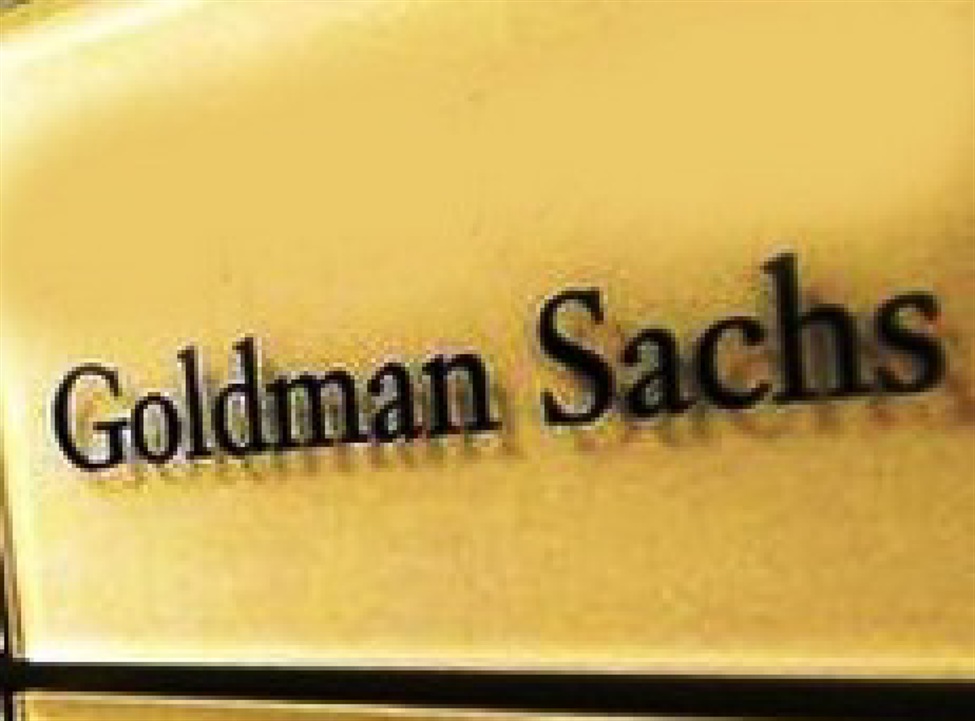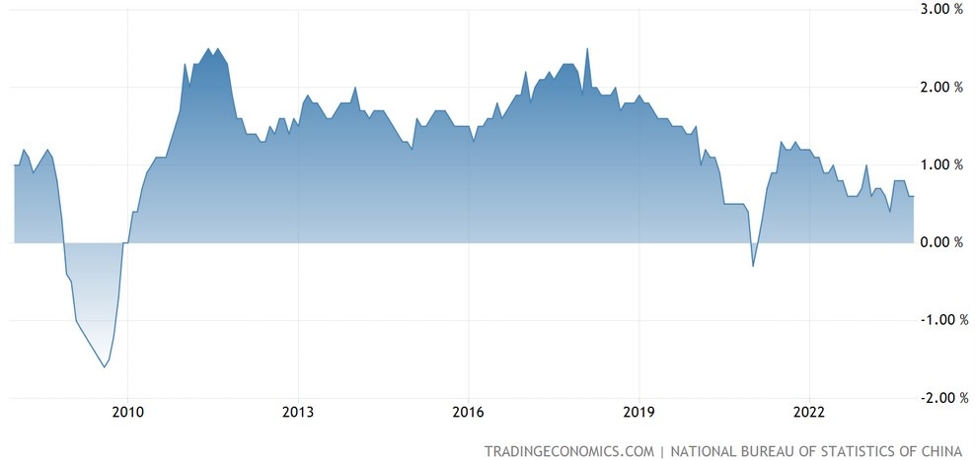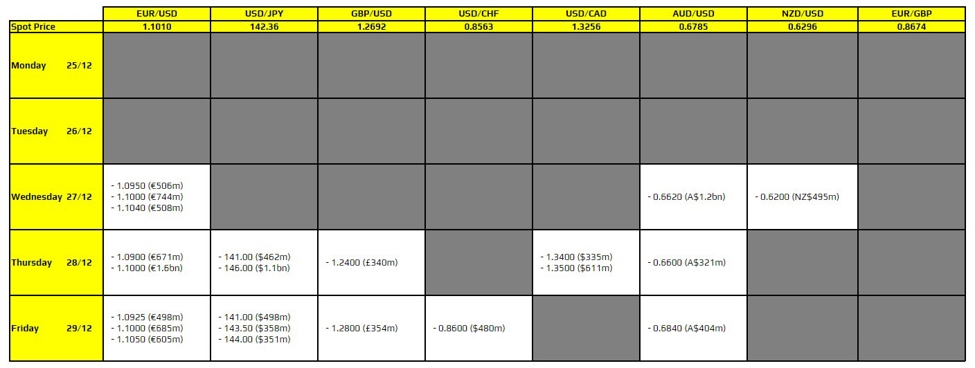Goldman Sachs has issued a cautionary note about the sustainability of the recent stock market rally. Strategist Peter Oppenheimer warned in a client memo that equities appear “priced for perfection,” leaving them increasingly susceptible to a correction.
Rising bond yields, high valuations, and economic uncertainties could weigh on the market’s resilience, he noted.
While Oppenheimer expects equity markets to make overall progress in 2025, primarily driven by earnings growth, he highlighted three key risks:
-
Overextended Valuations: The rapid rise in stock prices suggests that much of the anticipated economic growth for 2025 is already priced in. Recent sell-offs in high-growth stocks like Nvidia, Palantir, and AMD reflect growing investor concern about elevated valuations in a potentially higher interest rate environment. This overextension may limit forward returns, with Goldman projecting a total S&P 500 return of only 3% over the next decade, ranking in the seventh percentile of historical returns since 1930.
-
Market Concentration Risk: The five largest U.S. companies—Apple, Nvidia, Microsoft, Alphabet, and Amazon—now comprise roughly a quarter of the S&P 500. This heavy concentration increases the risk of a broader market correction if any of these firms underperform or face adverse trading conditions. Such dependence on a small number of stocks poses a significant challenge to portfolio diversification.
-
Competition from Other Assets: Goldman highlighted the increasing competition equities may face from alternative assets, including Bitcoin and other investments, as investors seek better returns in a changing economic landscape.
Oppenheimer also noted that historically, it is challenging for companies to sustain high levels of sales growth and profit margins over the long term, raising the likelihood of performance-related investor disappointment.
Adding to these concerns, Oppenheimer suggested that the strength of the recent rally could exacerbate market volatility in the coming months. Factors such as Trump policy risks, trade tariffs, and a 10-year Treasury yield potentially climbing to 5% are creating a complex backdrop for investors. He stopped short of predicting an imminent 10% correction but advised caution, recommending that investors consider reducing risk exposure in their portfolios.















